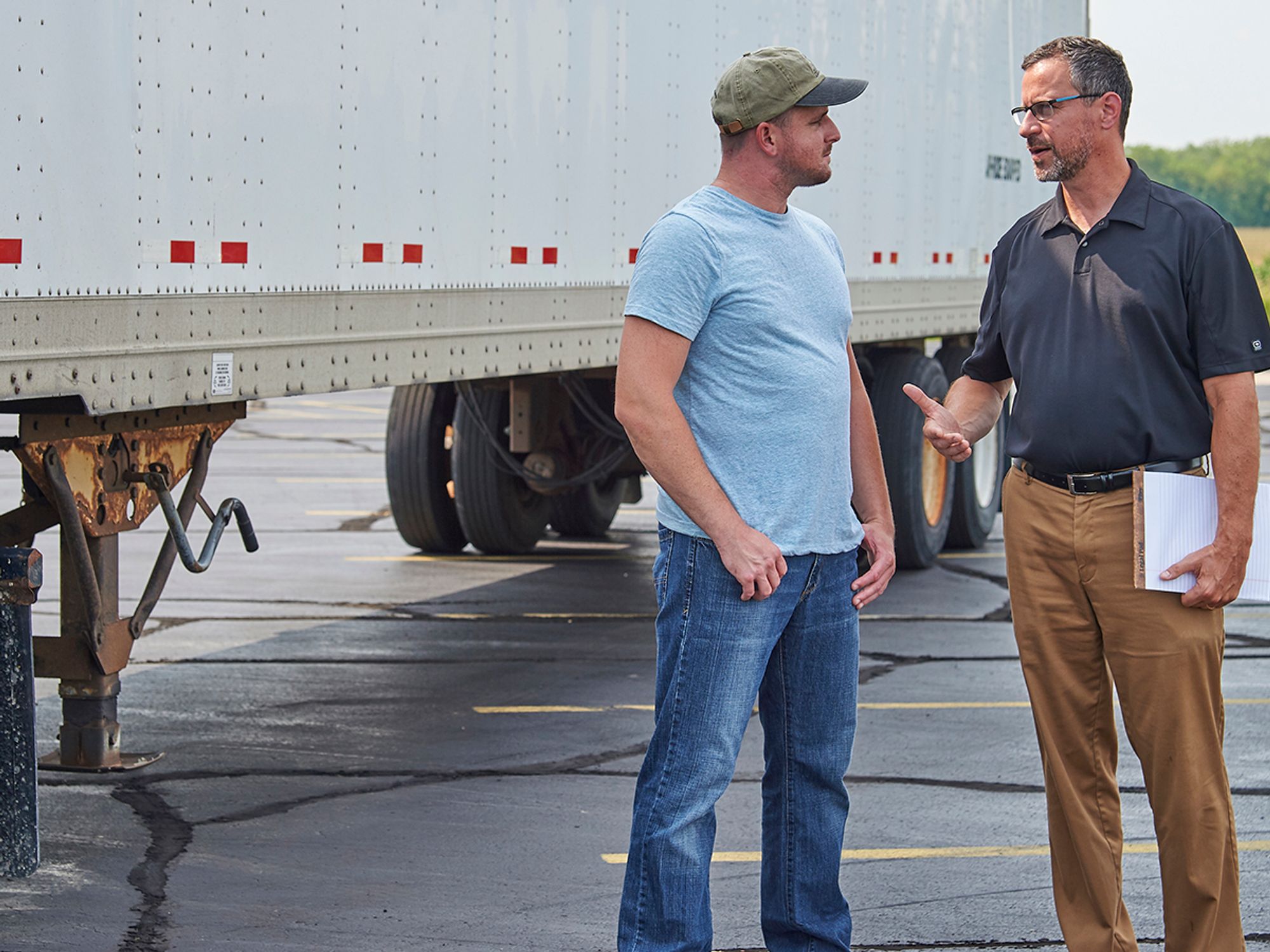What is the designated employer representative’s (DER’s) role?

- A DER is the point of contact for service providers who ensure a company’s compliance with a DOT drug and alcohol testing program.
- The DER has authority to take action on the employer’s behalf.
Setting up a Department of Transportation (DOT) drug and alcohol testing program requires the appointment of a designated employer representative (DER). But what is a DER?
Basic job functions
According to 49 CFR Parts 40 and 382, the DER must be an employee of the motor carrier. This means a service provider, e.g., consortium/third-party administrator (C/TPA), cannot take on the role.
The DER is identified as the point of contact for service providers — labs, medical review officer (MRO), collection sites, C/TPA, substance abuse professional (SAP) — to receive communication and is given authority by the company to take action.
According to the Office of Drug and Alcohol Policy & Compliance (ODAPC), the agency responsible for 49 CFR Part 40, DERs are required to be available to the collectors 24/7.
DERs must:
- Ensure their phone numbers are correct on CCFs so collectors can reach them.
- Be available to collectors to discuss problems during collections.
- Be available to discuss standing orders on what type of test they want administered if problem collection scenarios arise (e.g., switch to an oral-fluid collection).
To ensure appropriate coverage, a best practice is to have multiple DERs.
Results and problems in testing
The DER is told when a test is negative or canceled, and the individual is the point of contact to receive the news that a driver tested positive, refused to test, or needs a recollection. The DER is contacted when the driver needs a medical explanation for an insufficient amount of specimen, or when the MRO is unable to get a hold of the driver when validating the results of a test.
The DER is called upon to remove a driver from a safety-sensitive function, personally or through delegation, when the situation warrants. Drivers must be notified who the DER is because of the potential interaction. Because the DER is the first to learn of a violation of DOT testing rules, the person needs to make sure the driver is given a list of SAPs. However, the task may be delegated.
The DER is the point person when a driver has completed the initial steps in the DOT return-to-duty process following a drug or alcohol violation. The DER receives the SAP’s report notifying the employer that the driver is ready for a return-to-duty test.
What department is the DER from?
Neither the Federal Motor Carrier Safety Regulations nor general DOT regulations specify a job title or department for the DER. Some companies give the role to someone in Operations or Safety, while others ask someone in Human Resources to communicate with service providers and drivers when necessary. The DER may bring in a driver supervisor to help carry out, for example, removing a driver from a safety-sensitive function.
The role of the DER is often blended with program administrator tasks. The DER is not necessarily the person who performs an in-house random selection or assembles the driver roster for a service provider, although it could be. Also, it may not be the person who notifies the drivers who have been selected for a test, but there is nothing prohibiting the DER from taking on the task.
DER training
There is also no formal training required of the DER, but the party your motor carrier appoints needs to know and understand both Parts 40 and 382. It is pivotal that the DER understand DOT testing protocols, or it could have legal implications.
If someone outside of Safety acts as DER, you should ensure that the individual fully understands the requirements. If your company’s DOT drug and alcohol policy also contains optional provisions or additional ramifications aside from the regulations, the DER needs to consistently enforce the policy and carry out the procedures.
Trained supervisor vs. DER
The DER is not necessarily the supervisor who is trained in reasonable suspicion (382.603). There is nothing prohibiting this dual role if the company so wishes. The regulations do not require specific training of the DER, but the individual must know and apply the DOT drug and alcohol requirements. It would be a good safety management control to make sure the person completely understands Parts 40 and 382 requirements. Basically, is the company able to defend its choice of DER?
DERs who are participating in the DOT program
If the DER is a driver (by definition) and in the random pool, employers need to have someone else on staff who is identified as a backup DER in the event there is a problem in testing. There is nothing prohibiting the carrier from having someone in the pool acting as a DER, but the company would need an alternate DER in the event a service provider needs to communicate with the carrier about a test for the primary DER.
